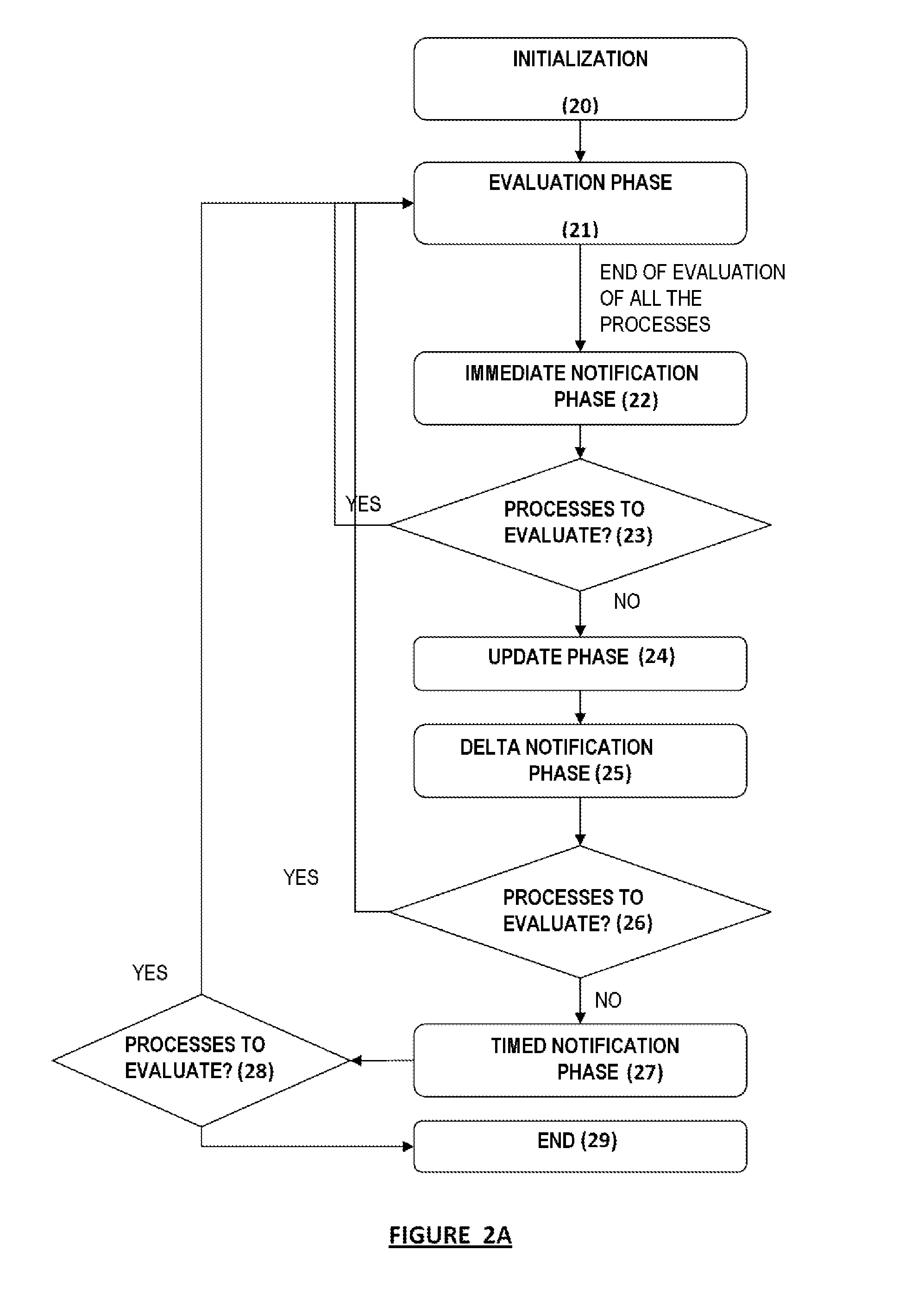Since the costs of the design and fabrication phase are too high to be able to carry out several tests, the entirety of the system must be able to be validated prior to its fabrication, and this must be done in the shortest time possible.
The simulation times therefore increase directly with the complexity of the simulated models.
More recently, the complexity of the systems to be designed has become such that, today, two
software platforms are most often used.
This separation is mainly due to the fact that the hardware prototypes have become too slow for the application development.
However, such an approach has its limits.
Indeed, since the systems are becoming ever more complex, it will not always be possible to improve the simulation times by reducing the precision.
Furthermore, the loss of information and of precision from the models used in the development of the
software introduces irrecoverable errors in the
design flow.
However, in the case where this evaluation does not have the same behavior as a function of its inputs or of the data that it handles, the optimum order for evaluation of the processes may be modified and imposing a static sequencing may lead to a significant loss of performance (S. Sirowy, C. Huang and F. Wahid, “Online
SystemC Emulation Acceleration”, IEEE Design
Automation Conference (DAC), Anaheim, USA, June 2010).
However, the solutions provided are rapidly degraded with the increase in the communications between the processes.
However, in this approach, the communication times lead to a very high time penalty such that it is then necessary to assemble the most dependent processes into the same group (or ‘cluster’).
The
efficacy of such an approach therefore requires having very few inter-cluster communications and consequently assumes significant constraints on dependences between the processes.
This solution does not allow any given type of architecture to be explored and simulated.
However, such solutions involve significant modifications of the
SystemC kernel not conforming to the standard.
They
pose difficulties both for tracing and setting up the simulator and also for validating the
execution model.
Furthermore, they impose constraints in the description of the SystemC processes which must be synthesizable.
They do not therefore support transactional communications, and the number of different processes able to be executed in parallel is limited.
Lastly, the access to the global memory, needed for each synchronization between the processes, is adversely affected by a very high latency.
Furthermore, significant modifications of the simulator are carried out and significant constraints within the architecture implemented are imposed.
These deficiencies are considerably detrimental to the potential for exploration of the
design domain of systems-on-a-
chip and prevent the setting up of the simulator according to the code generated by the
programmer.
Furthermore, no dynamic migration or allocation of processes is possible.
As a consequence, this static approach does not allow evaluations of processes whose execution is dynamic to be taken into account and can lead in this case to a significant reduction in performance.
Furthermore, the limited number of units associated with each of the processors severely constrains the modeling possibilities.
In this latter solution, the use of a
virtualization technique provides flexibility but considerably increases the complexity of the code to be executed.
Furthermore, imposing a particular interface considerably reduces the exploration space and is not suitable for the design of architectures.
Furthermore, the transactional model is still not supported and no means of setting up or of tracing is possible.
 Login to View More
Login to View More  Login to View More
Login to View More 


